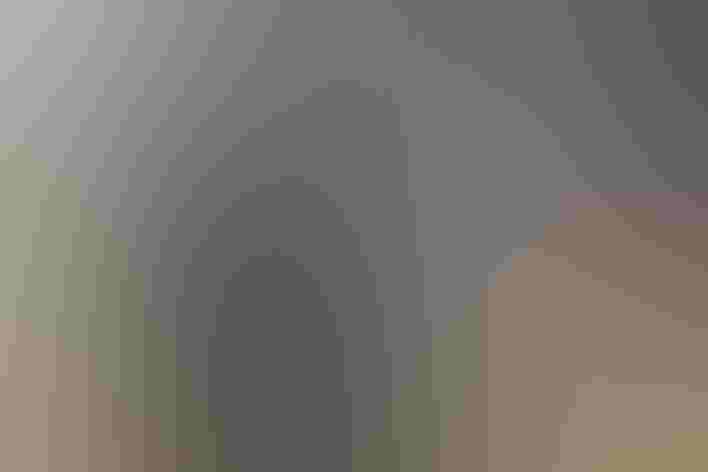American Three-toed Woodpecker
At a Glance
Often quiet and inconspicuous, and may perch motionless against a tree trunk for minutes at a time, making it easy to overlook. In some places the Three-toed Woodpecker provides the most effective control of the spruce bark beetle, a major forest pest.
All bird guide text and rangemaps adapted from Lives of North American Birds by Kenn Kaufman© 1996, used by permission of Houghton Mifflin Harcourt Publishing Company. All rights reserved.
Category
Picidae, Woodpeckers, Tree-clinging Birds
IUCN Status
Least Concern
Habitat
Forests and Woodlands, Freshwater Wetlands, High Mountains
Region
Alaska and The North, Eastern Canada, Great Lakes, Mid Atlantic, New England, Northwest, Plains, Rocky Mountains, Southwest, Western Canada
Behavior
Erratic, Flap/Glide, Undulating
Population
1.600.000
Range & Identification
Migration & Range Maps
Populations in far north and high mountains may move short distance south or downslope in winter. Irregularly may stage southward irruptions in winter, with a few moving well south of breeding range.
Description
8 1/2" (22 cm). Black barring on sides; back varies from mostly white to heavily barred black. Male has yellow crown spot. Some young Hairy Woodpeckers also have yellow on crown, bars on sides.
Size
About the size of a Robin
Color
Black, White, Yellow
Wing Shape
Broad, Rounded
Tail Shape
Multi-pointed, Wedge-shaped
Songs and Calls
A soft pik, similar to call of Downy Woodpecker.
Call Pattern
Falling, Flat
Call Type
Chirp/Chip, Drum, Rattle, Scream, Trill
Habitat
Conifer forests. Often closely associated with spruce, also found in pine, fir, tamarack, sometimes mixed with deciduous trees such as aspen or willow. Favors areas with many standing dead trees, as after fire or floods. May concentrate in areas with big infestations of wood-boring insects.
Sign up for Audubon's newsletter to learn more about birds like the American Three-toed Woodpecker
Behavior
Eggs
4, sometimes 3-6. White. Incubation is by both sexes (with male incubating at night and part of day), 12-14 days.
Young
Both parents feed nestlings. Young leave nest about 22-26 days after hatching, may remain with parents for another 4-8 weeks. 1 brood per year.
Feeding Behavior
Forages on live or dead conifers, especially spruces. Often scales off flakes of bark to get at insects, and may gradually remove all bark from a dead tree. Members of a pair forage together at times, but usually separately while nesting.
Diet
Mostly insects. Diet is mainly wood-boring beetle larvae, also moth caterpillars and various other insects. Eats some fruit, and may visit sapsucker diggings to feed on sap.
Nesting
Same pairs may remain together for more than one season. Nest site is cavity in tree, typically dead conifer, sometimes in aspen, in live tree, or in utility pole. Cavity (new one each year, excavated by both sexes) usually 5-15' above ground, sometimes 2-50' up. Adult birds often quite unwary around nest, ignoring nearby observers.
Conservation
Conservation Status
Local populations vary considerably; usually uncommon, but may become locally abundant during insect infestations. Extensive range in remote northern forest could be diminished by effects of climate change.
Climate Threats Facing the American Three-toed Woodpecker
Choose a temperature scenario below to see which threats will affect this species as warming increases. The same climate change-driven threats that put birds at risk will affect other wildlife and people, too.







